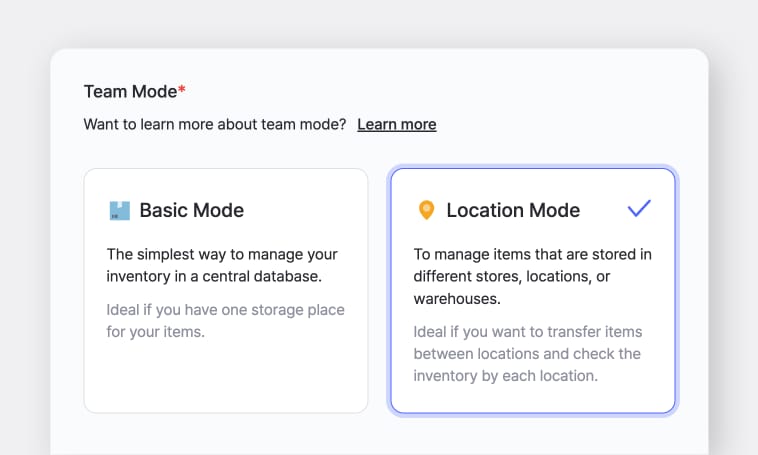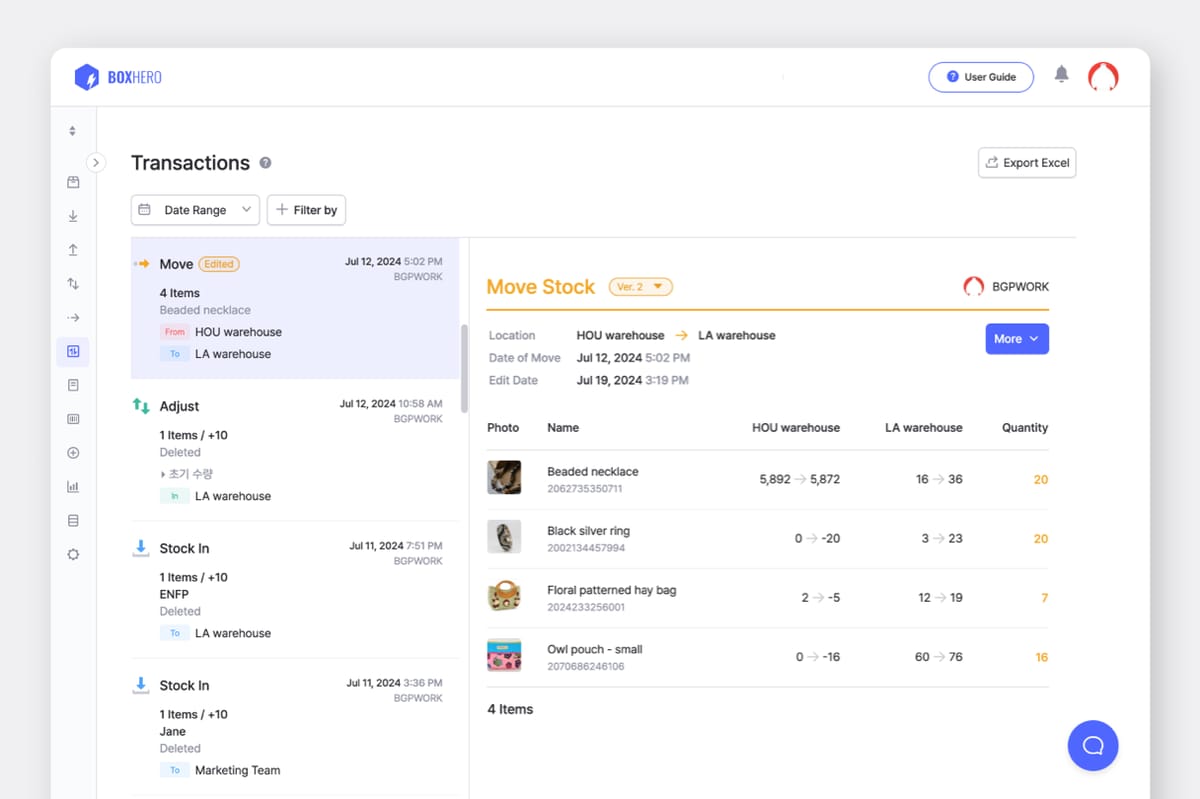Where to Store Inventory: Fixed Location vs. Free Location

Where do you store your inventory?
Some companies store products in specific locations, while others store them in various locations depending on the circumstances. Depending on where and how the item is stored, we can distinguish between two distinct location management strategies. In this article, we'll introduce these two different strategies in relation to inventory management!
What is Location Management?
Location Management involves strategically managing product storage locations to facilitate smooth inbound and outbound operations. It aims to efficiently arrange and manage items within warehouses to maximize space utilization. Since warehouse space is physically limited, it's important to maximize warehouse capacity through location management.
There are two main strategies in location management: (1) Fixed Location and (2) Free Location. Each approach has its own distinct advantages and disadvantages, so let's take a look at some business cases exploring the different characteristics:
✅ Fixed Location
Fixed Location is a method of storing products in fixed, designated positions. As in the case of A-Mart, if a business decides to store milk on the first shelf of aisle 1, milk cartons will always be placed there.
Companies using the Fixed Location strategy place high-demand items in easily accessible or spacious areas, while low-demand items are stored in less accessible or relatively confined spaces. Once a location is assigned to a product, each item has its unique location information.
Fixed Location makes it easy for employees to stock and pick items since all products are in their designated spots. However, a drawback is that even if there's available space in a specific location due to decreased demand for a product, it cannot be freely utilized. For example, if an unpopular product suddenly sees increased demand, additional storage space will need to be allocated separately. To prevent this from happening, it's important to conduct regular inventory analysis for accurate demand forecasting.

✅ Free Location
Free Location is a method where products are stored in arbitrary positions, similar to how Company B manages their inventory. Unlike Fixed Location, which assigns specific location information to each product, in Free Location, new location information is assigned to products each time they are received.
To manage inventory positions with Free Location, a centralized inventory management system capable of handling constantly changing location information is necessary. The biggest advantage of Free Location, where items are stored in flexible positions, is its high space utilization. It allows efficient use of the remaining (available) space, making it easy to store products that experience frequent demand changes.
However, adopting Free Location requires the implementation of an inventory management system, which can initially involve significant costs. Therefore, Free Location is often a location management strategy used by large companies that can afford such systems.
Location Management with "Location Mode"
Are you hesitant to adopt the Free Location method due to the high implementation costs? If so, consider using the BoxHero solution, which enables multi-location inventory management at an affordable price! BoxHero offers a team mode called 'Location Mode' which allows for convenient inventory management even when the same product is distributed across multiple locations.

A key feature of Location Mode is the ability to designate and specify storage locations when receiving items. If the storage location of a product changes, you can freely adjust it using the Move menu on BoxHero. Additionally, you can easily review historical inventory changes through the Transactions menu. With BoxHero, adopting the Free Location method is made easy and straightforward.

To make centralized inventory management systems even more convenient, it's a good idea to attach barcodes to all products and items. Barcodes contain location information that can be updated regularly, making inventory management much easier. BoxHero provides various barcode functionalities, including barcode generation, printing, and scanning, to help with effective location management.
With BoxHero, you can solve your location management and inventory management concerns in one go.
Click the button below to experience all the exclusive features of BoxHero solution for free. You can try out both 'Basic Mode' and 'Location Mode' to determine which location management strategy best suits your business needs.


